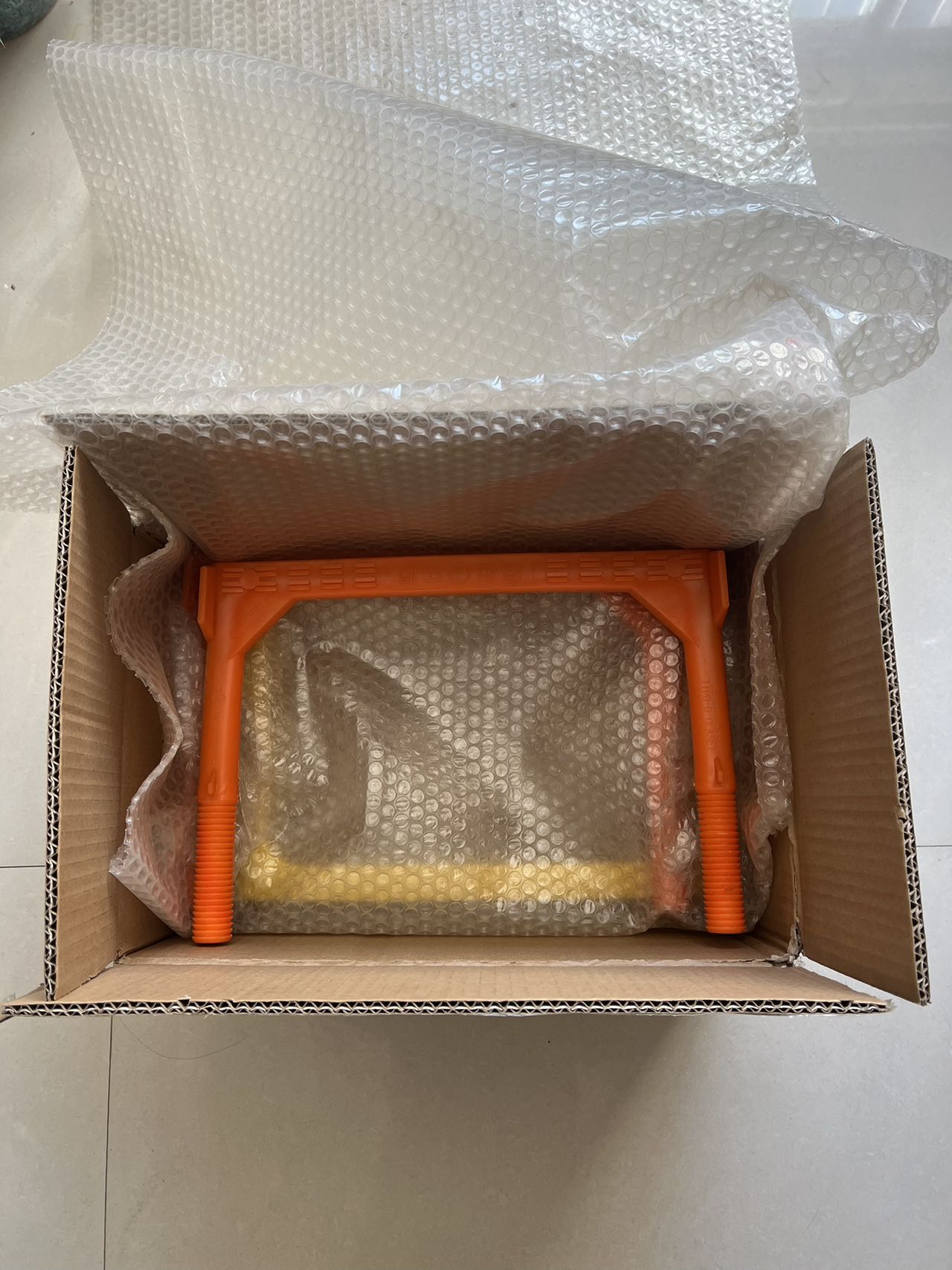automatic air release valve potable water
Understanding Automatic Air Release Valves for Potable Water Systems
In the management of potable water systems, maintaining the quality and efficiency of water distribution is paramount. One often overlooked but crucial component in this system is the automatic air release valve (AARV). This device plays a vital role in ensuring the efficient and reliable operation of water pipelines, safeguarding both the infrastructure and the quality of the water being supplied.
What is an Automatic Air Release Valve?
An automatic air release valve is designed to expel air from pressurized water systems. When water moves through a pipeline, it can create pockets of air, leading to potential obstructions and inefficiencies. These air pockets can form due to various reasons, such as changes in water flow, temperature variations, and even minor leaks or system malfunctions. If unattended, trapped air can lead to issues such as water hammer, reduced hydraulic efficiency, and impaired water quality.
The AARV is specifically engineered to operate autonomously. It monitors the pressure within the pipeline and, when detecting trapped air, opens automatically to release it. Upon release of the air, the valve then closes, ensuring that water flow resumes seamlessly. This automated process not only enhances the efficiency of the water system but also minimizes the risk of human error in operations.
Benefits of Using Automatic Air Release Valves
1. Efficiency Improvement By preventing the accumulation of air, AARVs help maintain consistent water flow and reduce energy costs associated with pumping. This efficiency translates to a more reliable water supply for consumers.
2. Reduction of Water Hammer Water hammer is a common issue that occurs due to sudden changes in water velocity. Air bubbles can exacerbate this problem, leading to pressure surges that can damage pipes and fittings. By allowing trapped air to escape, AARVs mitigate the risk of water hammer, prolonging the life of the infrastructure.
automatic air release valve potable water

3. Quality Assurance In potable water systems, trapped air can sometimes lead to contamination issues. AARVs ensure that the water remains free from air-related pollutants, thereby upholding the integrity and quality of the water supply.
4. Cost-Effectiveness While there is an initial investment involved in installing these valves, the long-term savings derived from reduced energy costs, enhanced system performance, and decreased maintenance requirements make them a cost-effective solution for water utilities.
5. Simplicity and Reliability The automatic function of these valves eliminates the need for manual operation, making them reliable components in any water distribution system. With minimal moving parts, they are generally low maintenance while still providing effective service.
Applications of AARVs in Potable Water Systems
Automatic air release valves are employed in various settings within potable water systems, including
- Water Treatment Facilities Used to regulate air in holds and pipelines. - Distribution Networks Installed at high points along the pipeline to release air allowing for smooth water flow. - Storage Tanks Utilized to control air ingress and egress in tank systems, ensuring a stable water elevation.
Conclusion
In conclusion, automatic air release valves are essential components in the landscape of potable water distribution systems. They not only enhance the efficiency and reliability of water flow but also play a critical role in maintaining the quality of water. As municipalities and water utilities strive to meet the increasing demand for clean water, embracing such technologies becomes a necessity for future-proofing infrastructure and ensuring safe drinking water for all. Investing in AARVs offers a strategic advantage, combining improved performance with long-term cost savings in the management of potable water systems.
-
The Smarter Choice for Pedestrian AreasNewsJun.30,2025
-
The Gold Standard in Round Drain CoversNewsJun.30,2025
-
The Gold Standard in Manhole Cover SystemsNewsJun.30,2025
-
Superior Drainage Solutions with Premium Gully GratesNewsJun.30,2025
-
Superior Drainage Solutions for Global InfrastructureNewsJun.30,2025
-
Square Manhole Solutions for Modern InfrastructureNewsJun.30,2025
-
Premium Manhole Covers for Modern InfrastructureNewsJun.30,2025
